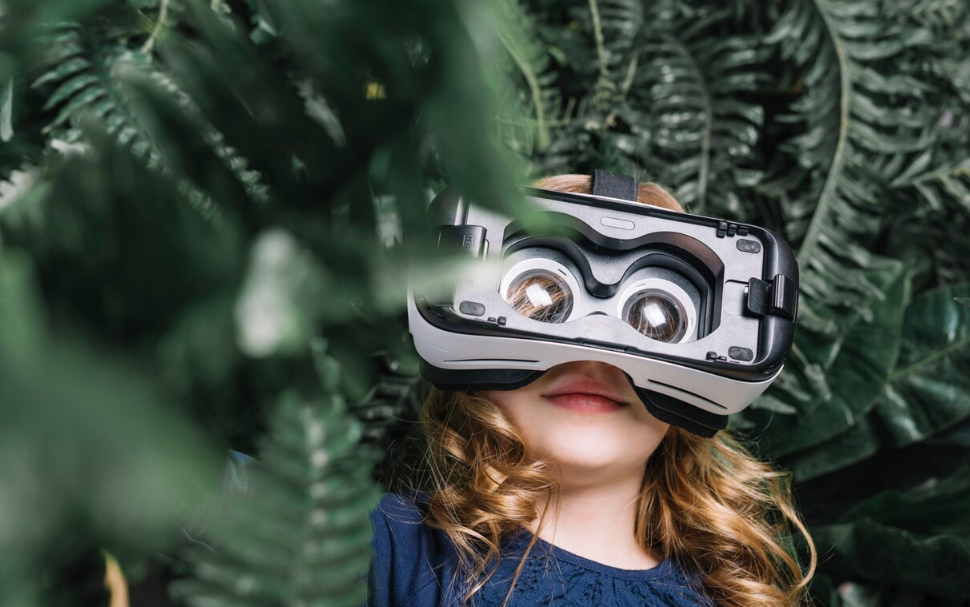Imagine walking into a building, and before you even reach the front desk, the system has already recognized you—no need to swipe a card, scan your ID, or input a password. Instead, the building knows exactly who you are. Welcome to the age of biometric architecture, a revolutionary concept where buildings use biometric technologies to identify, interact with, and adapt to the people who enter them.
What is Biometric Architecture?
Biometric architecture is the integration of biometric systems—such as facial recognition, fingerprint scanning, and even gait analysis—into the design of buildings and spaces. These systems are embedded in the infrastructure itself, allowing buildings to automatically recognize individuals based on physical traits.
Unlike traditional security systems, which rely on keys, cards, or passwords, biometric architecture uses the uniqueness of human biology to provide access, improve convenience, and even enhance safety.
How Does It Work?
Biometric architecture relies on a combination of sensors, algorithms, and data analytics to function. Here’s how it works:
- Sensors: Embedded cameras, fingerprint scanners, and infrared sensors collect biometric data in real time. For example, cameras can capture your face, and specialized algorithms can compare this with stored data to confirm your identity.
- Data Processing: Once the data is collected, it is sent to a central server where algorithms process the information. This could include facial recognition, voice identification, iris scanning, or even identifying the unique way a person walks (gait recognition).
- Personalization: The building can then personalize the environment to suit the individual. It could unlock doors, adjust lighting, set room temperatures, or even call the elevator without any manual interaction.
Applications of Biometric Architecture
1. Smart Homes
Imagine walking into your home, and the lights automatically turn on to your preferred brightness, the thermostat adjusts to your desired temperature, and your favorite music starts playing. Smart homes are already using biometric systems like facial recognition and voice commands to create a fully personalized living experience.
2. Corporate Buildings
Corporate offices could integrate biometric systems for secure access to buildings, rooms, and data. Instead of traditional security cards, employees’ faces or fingerprints could serve as entry keys, while personalized office settings (lighting, desk arrangements, etc.) could be adjusted based on the individual’s preferences.
3. Public Spaces
Biometric systems can also be used in public buildings, such as airports, museums, and stadiums, for enhanced security and streamlined access. In airports, for example, passengers could pass through security checkpoints with just a glance, making the process quicker and more secure.
4. Healthcare Facilities
Hospitals and clinics can benefit from biometric systems by ensuring that only authorized personnel access sensitive patient data. Additionally, patient identification could be streamlined, making it easier to deliver personalized care by accessing medical records instantly.
Advantages of Biometric Architecture
- Enhanced Security: Biometric systems are more secure than traditional methods (e.g., passwords or cards) because they are much harder to forge or steal.
- Convenience: By eliminating the need for physical keys or passwords, biometric systems create a more seamless and user-friendly experience.
- Personalization: The ability to recognize and adapt to individuals allows buildings to tailor experiences to specific needs, from temperature control to lighting and even service preferences.
- Efficiency: In environments like airports or corporate offices, biometric architecture can reduce waiting times and streamline workflows, improving overall efficiency.
Privacy and Ethical Considerations
While biometric architecture promises convenience and security, it also raises important privacy and ethical questions:
- Data Security: Storing biometric data presents a significant risk if it is not properly encrypted or protected. A breach of biometric data could have serious consequences because unlike passwords, biometric traits cannot be changed.
- Consent: The use of biometric systems often requires explicit consent from individuals. However, in some settings, like public spaces, the question arises whether people are truly consenting to being constantly monitored.
- Surveillance: Biometric systems can contribute to surveillance states, where individuals’ movements and actions are constantly tracked. This raises concerns about civil liberties and potential misuse of data by governments or corporations.
The Future of Biometric Architecture
As biometric technology continues to improve, the future of biometric architecture looks promising. We can expect more smart cities and intelligent buildings that interact with their inhabitants on an unprecedented level. Innovations like gait recognition and emotion-tracking sensors could add even more layers of personalization and functionality to our built environments.
However, the widespread adoption of biometric architecture will need to be coupled with clear privacy laws and ethical frameworks to ensure that these technologies are used responsibly and with respect for individual rights.
Conclusion
Biometric architecture is transforming the way we experience the spaces around us, merging technology with the physical world in ways that enhance convenience, security, and personalization. Though there are valid concerns around privacy and security, the potential benefits of buildings that recognize you are undeniable. As the line between the digital and physical worlds continues to blur, biometric architecture will undoubtedly play a key role in shaping the future of our built environments.


